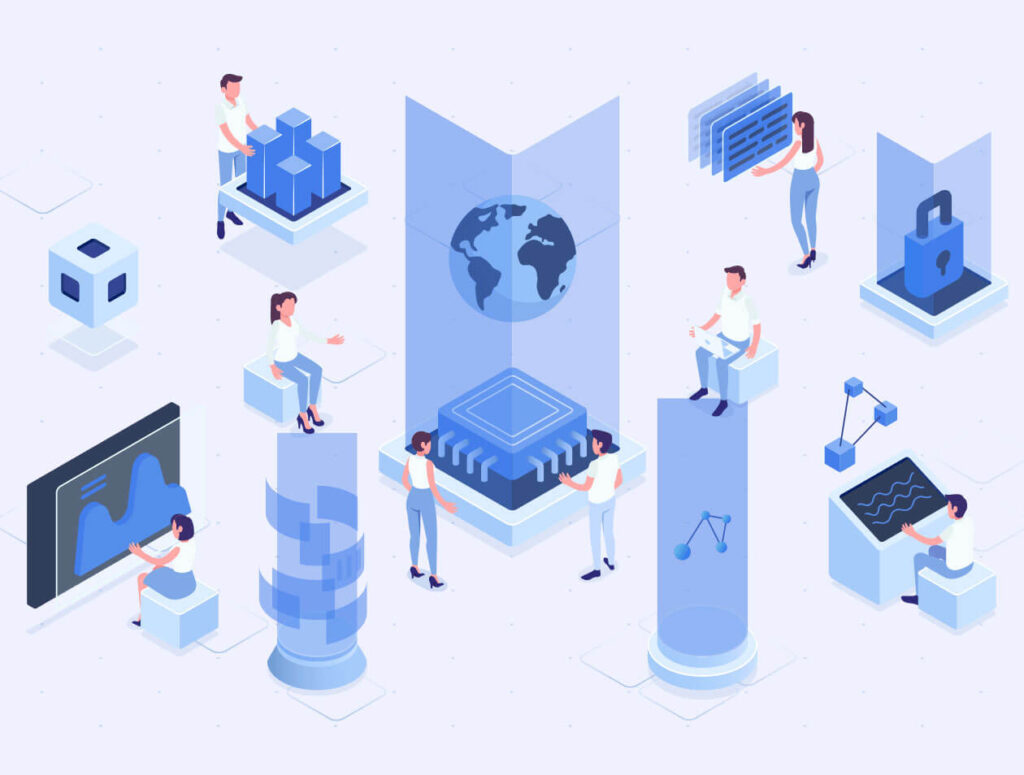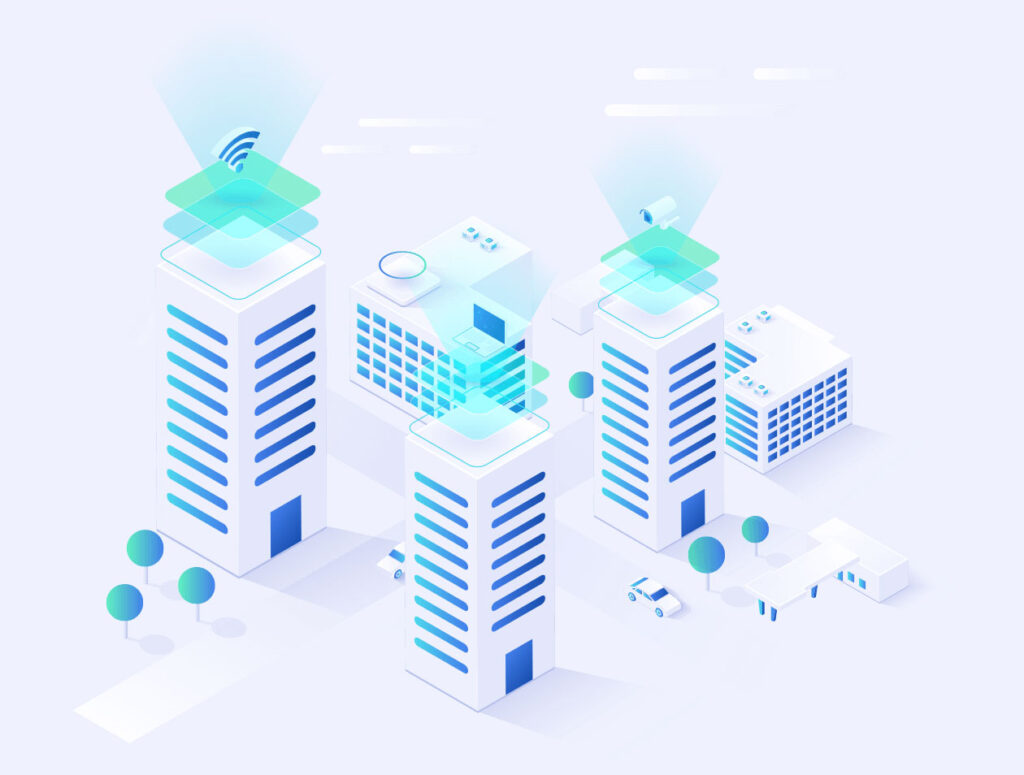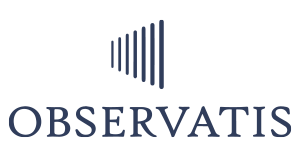By the time the fire alarm rings, the damage is already done.
“Engagement isn’t a once-a-year score. It’s a daily signal that tells you whether your people are thriving—or quietly preparing to leave.”
We’re in the thick of a Retention Crisis—especially in sectors like healthcare, education, government, and frontline work. While organizations scramble to fix it, most are still flying blind. Yearly engagement surveys and generic pulse checks no longer cut it. They’re slow, fragmented, and far removed from real-time sentiment.
It’s time to go deeper—and smarter.
At Observatis, we’ve redefined workforce engagement using our patented AI/ML-backed modeling that blends behavioral science with real organizational data. Our goal? To catch the early signals before they become attrition headlines.
Multi-Pillar Engagement Modeling
We’ve moved beyond the “How satisfied are you?” questions. Observatis analyzes 10 critical engagement pillars, each one tied to a key retention or performance risk vector:
- Workplace Safety
- Job Stress
- Job Satisfaction
- Control Scale (autonomy at work)
- Personal Efficacy
- Social Support
- Organizational Commitment
- Turnover Intention
- Cybersecurity Awareness
- DEIB Sentiment
You can also add custom pillars unique to your culture or industry.
From Survey to Signal: Powered by Observatis’s Patented ML Model
Here’s what makes this different from traditional survey tools:
✅ Real-Time Analysis
No waiting for consultants or quarterly reports. Insights flow as data is captured.
✅ Happiness Index + Risk Index
We don’t just measure satisfaction. We predict outcomes. Our ML model converts sentiment into two real-time indicators:
– Happiness Index – how well your people feel
– Risk Index – how likely they are to leave, disengage, or underperform
✅ Triggered Interventions
When risk spikes in specific teams, roles, or departments, Observatis auto-triggers strategic follow-ups. That might include tailored upskilling, DEIB nudges, wellness tools, or manager alerts.
Why It Matters?
A disengaged employee costs more than just lost productivity—they ripple across morale, customer service, and your brand.
If your organization is only checking engagement twice a year, you’re not just missing the boat—you might be bailing water too late.


From Insight to Imperative
In fact, a Gallup study found that actively disengaged employees cost the U.S. economy over $450 billion annually in lost productivity, turnover, and absenteeism. According to Josh Bersin, global HR thought leader, “The employee experience is now a business imperative—organizations must treat engagement as an operating system, not an annual event.” Observatis embraces this mindset—turning passive feedback into proactive, AI-driven decisions.
Emerging Scientific Insights
Bridging academic rigor and workplace strategy gives Observatis its edge:
• A recent MIT Sloan study found that continuous micro‑surveys—captured and analyzed via AI—predict turnover with up to 85% accuracy, versus just 35% from annual surveys.
• Researchers at Stanford’s Human‑Machine Systems Lab demonstrated that combining sentiment data (stress, autonomy, support) with collaboration network analysis surfaces hidden “influencers” whose disengagement can foreshadow broader team churn.
Nightly data ingests power our ML model to not only detect where risk exists, but to diagnose why—so you can intervene before loss goes viral.
Industry Signals from Recent Research
– According to the Center for American Progress, modern workforce development must be inclusive, measurable, and outcome-focused. Their 2022 whitepaper highlights how real-time data can connect employee training efforts directly to economic mobility and organizational health.
– A ResearchFDI report emphasized that regions with robust engagement and workforce data strategies see 25% higher GDP per capita due to stronger employee retention.
– In a major review by the National Institutes of Health, researchers proposed a framework that places continuous engagement diagnostics at the center of workforce sustainability in healthcare.
Pioneers Lighting the Path
Real‑world leaders are already turning data‑driven insights into impact:
• Unilever rolled out continuous “mood pulses” across its 150,000+ workforce in 2023, tying them to targeted development programs—and cut voluntary turnover by 12% in six months.
• Microsoft Viva Insights leverages collaboration metadata to recommend stretch assignments for at‑risk employees, boosting retention in pilot groups by 8%.
• Culture Amp, adopted by Airbnb and Slack, fuses people‑science surveys with ML to map “Belonging” alongside business outcomes—early adopters report a 3× ROI on engagement investments.
These trailblazers show that when you treat culture as data—rather than decoration—you create a self‑sustaining ecosystem of voice, growth, and belonging.
Your Engagement Action Blueprint
Take charge today with a two‑phase plan that delivers immediate impact—and a roadmap for sustained cultural transformation.
Phase 1: Rapid Response (30‑Day Sprint)
Launch a 60‑Second Pulse in a high‑risk team—capture actionable signals in under a minute.
Activate Real‑Time Alerts for any dip in your Happiness Index or spike in Risk—so you can intervene instantly.
Host a VIP Listening Lab: a focused, cross‑functional sprint to surface top pain points and quick fixes.
Open an Anonymous Voice Portal—a safe, always‑on channel for candid feedback.
Publish an Executive Heatmap of your engagement pillars—fueling data‑driven leadership decisions.
Phase 2: Strategic Momentum (3–12 Months)
Integrate Nightly HRIS Feeds into your engagement model for true continuous analytics.
Embed Happiness & Risk Dashboards directly in your Executive Scorecard—making culture a boardroom priority.
Automate Personalized Upskilling journeys triggered by low Satisfaction or high Stress signals.
Align DEIB Initiatives with real‑time belonging data to close critical inclusion gaps.
Measure Your ROI with our Turnover‑Savings Calculator—tie every engagement uplift to hard dollar savings.
Next Step: Rate your current capability on each sprint item (1 = not in place, 5 = fully operational). Identify your top three gaps—and let’s explore how together we can accelerate your culture’s evolution.
Curious what your workforce’s real-time engagement story looks like?
Let’s explore it together. We’re helping organizations move beyond static surveys to understand sentiment and engagement in motion—before risks escalate.
If you’re wondering what’s possible with your existing HR data, let’s unpack it together.
References & Credits
– MIT Sloan Management Review, 2023: “The Predictive Power of Micro-Surveys”
– Stanford Human Machine Systems Lab: “Organizational Network Analytics and Wellbeing”
– Center for American Progress, 2022: “Reimagining Workforce Development”
– National Institutes of Health (NIH), 2021: “Workforce Sustainability in Healthcare”
– ResearchFDI, 2023: “The Economic Impact of Workforce Engagement Data”





Anonymous
This is spot-on. In healthcare including our health system, burnout and turnover are hitting harder than ever. The idea of diagnosing disengagement like a real clinical issue—using data and early signals—is long overdue. I’d love to hear more about how this can tie into our existing HR stack.
Anonymous
The link between risk index and talent flight is exactly the blind spot we’ve struggled with. We’ve had annual surveys, but the pulse fades fast. Curious how Observatis customizes these models for public sector orgs.
Anonymous
Love the framing: ‘Engagement isn’t a score—it’s a signal.’ In our environment, even small shifts in morale can snowball fast. Predictive modeling tied to happiness and stress? That’s something I haven’t seen done well—until now
Anonymous
We’ve been trying to get leadership to see that annual surveys are too little, too late. I appreciate the emphasis on behavioral science and machine learning—it gives HR a seat at the table with real-time credibility.
Anonymous
We’re tracking turnover intention after the fact. Observatis’s Risk Index seems like a smart way to flip that script—spot issues before they become resignations. Would love to explore a pilot setup.
Anonymous
This multi-pillar model feels actionable—especially with factors like social support and personal efficacy included. I’m intrigued.